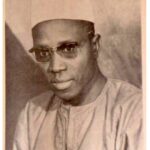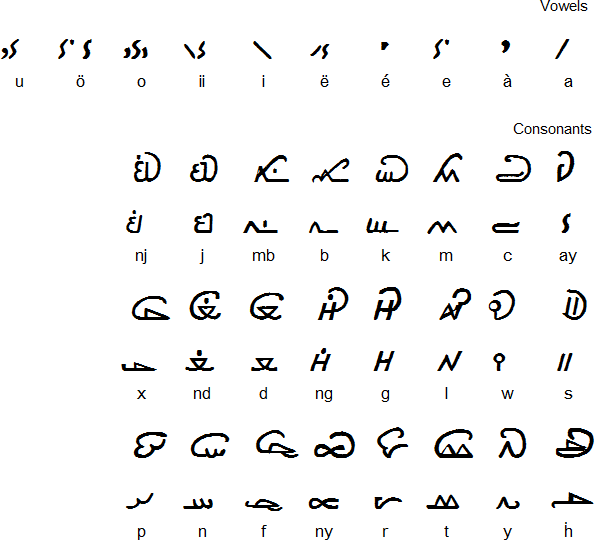Wolof is a member of the Niger-Congo language family in West Africa. Wolof is one of the six national languages of Senegal and is one of the most widely spoken languages in West Africa with upwards of ten million speakers. Of those speakers, 4.6 million speak it as their native/first language while 7.8 million use it as the lingua franca. There are two main variants of the Wolof language: Senegal Wolof, which has become the standard, and Gambian Wolof which is spoken along with Senegalese Wolof and has over 160,000 speakers.

The Wolof Empire stretched all across West Africa and had lots of trade with Europe back in the 16th century, but it was originally written with an Arabic script, called Wolofal, due to the Islamic Empire. Wolofal is still used today typically with older men. However, the Wolof orthography using the Latin alphabet was standardized in 1974 and it is the official Wolof script of Senegal today as well as the script in which Wolof learners are taught. However, in 1961, another script was developed, called the Garay alphabet. Assane Faye (pictured left) was the Senegalese artist who created the alphabet loosely based on the Arabic script, including the idea of reading right to left. The order of the letters and their transcription is based on the Wolof alphabet chart in Afrikan Alphabets by Saki Mafundikwa. Each consonant has two forms, though how these are used is not explained.
Wolof is commonly spoken with a mix of French in everyday spoken language in Senegal. Vowels of the language are split into short and long and can be written with accents or double vowels. However, unlike in most European as well as many other languages, Wolof does not conjugate its verbs, but rather it conjugates the personal pronouns. Even then, conjugation is more based on aspect rather than tense. Past, present, and future are not as important in the Wolof language, but rather if the action is perfect (finished) or imperfect (unfinished), this is an idea that can be seen in the past tense in the romance languages. So the aspect pronouns are the pronouns that are conjugated by aspect rather than by the tense of time in which they are speaking. Wolof is a beautiful language with a fascinating history and structure.
For more reading:
Garay
https://www.omniglot.com/writing/wolof.htm
https://www.britannica.com/topic/Wolof-language

